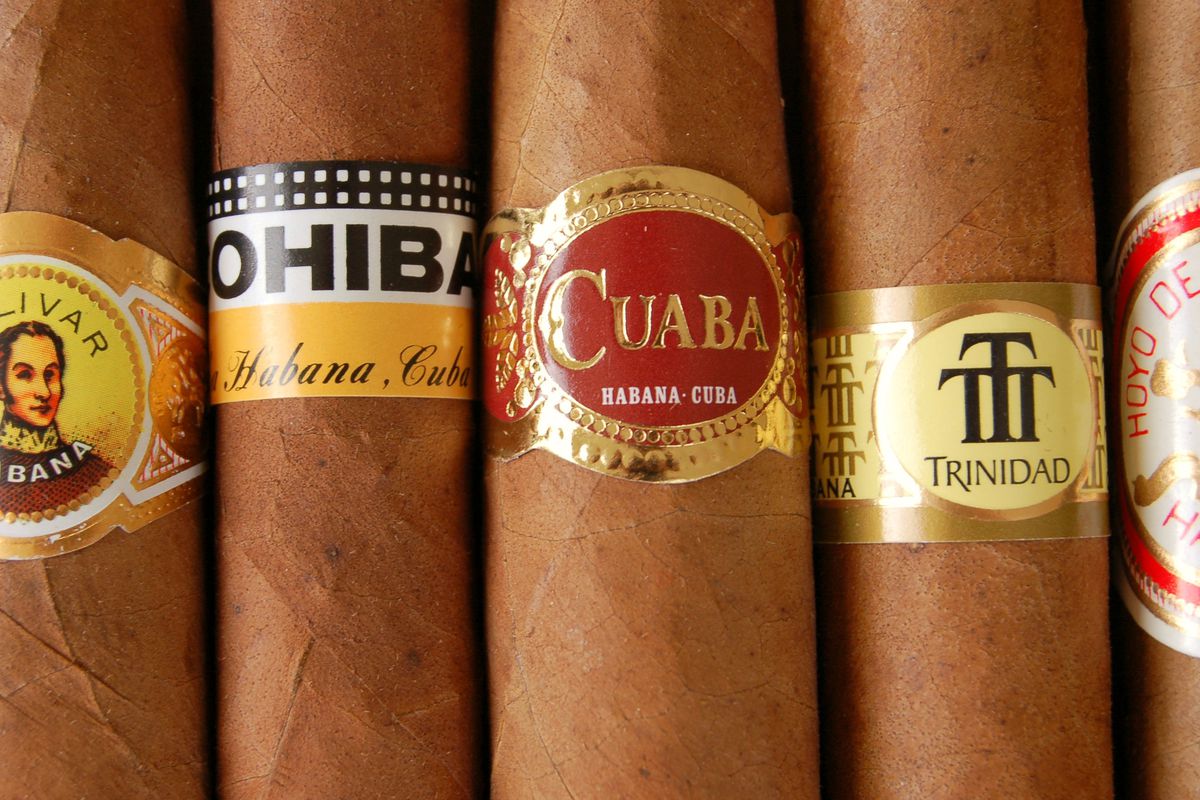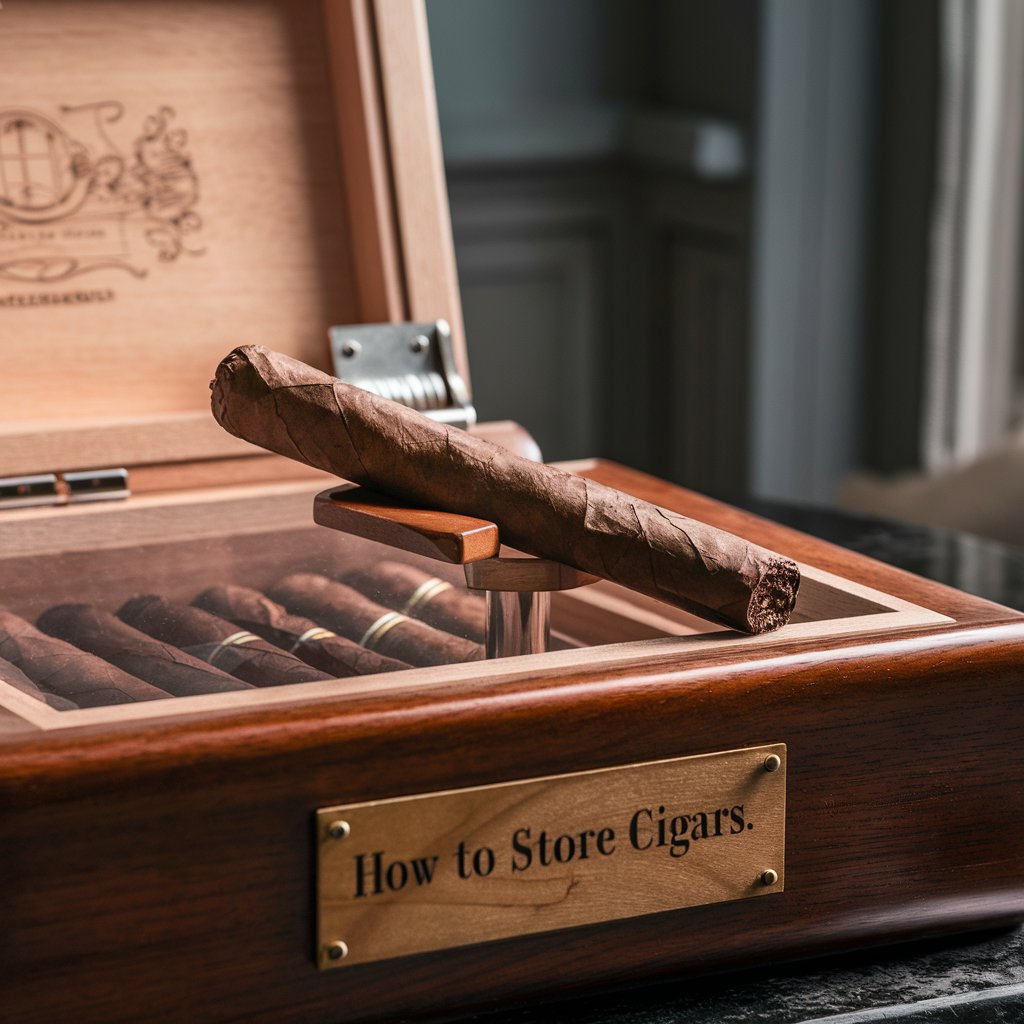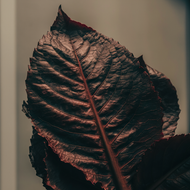How Cigars Are Made
Posted by Cigar Tom on 3rd Jul 2024
This article provides information on the manufacturing process of cigars, the various types of tobacco utilized, the steps involved in making cigars, and the additives and ingredients involved in cigar production.
It delves into the different varieties of cigars and how each type can be enjoyed uniquely. Additionally, the article covers topics such as cigar etiquette, smoking methods, diverse cigar classifications, and guidelines for proper cigar storage.
What Are Cigars Made Of?
Handmade cigars, especially premium cigars, are intricate creations made predominantly of carefully selected tobacco leaves that undergo a meticulously controlled rolling process.
This process represents the pinnacle of artisanship in the cigar industry, where each component - including the wrapper leaf, binder leaf, and filler tobacco - plays a crucial role in the final product.
1. Types of Tobacco Used
Cigars consist of various types of tobacco, each contributing distinct flavors and characteristics to the filler tobacco. In cigar-making, tobacco leaves are broadly categorized into two main types: wrapper and filler.
The wrapper leaf, the outermost leaf of the cigar, is the first encountered by the smoker. The filler tobacco, located in the interior of the cigar, provides its robust taste, unique flavors, and distinct aromas.
Some popular types of tobacco used in the filler include the following:
- Connecticut Shade, grown in the Connecticut River Valley or shade-grown elsewhere for its mild flavor and smooth aroma;
- Habano, cultivated from Cuban seeds for their rich and spicy flavor, used as both wrappers and fillers;
- Maduro, undergoing prolonged fermentation for a dark color and a sweet, full-bodied flavor;
- Cameroon, grown in Cameroon and utilized for wrappers and fillers by top cigar manufacturers, known for their rich sweetness and complexity.
2. Other Ingredients and Additives
Cigars are crafted using ingredients beyond tobacco leaves, including elements that do not contribute to the fermentation process, all of which impact the cigar's final character. Water, a prevalent additive, enhances the fermentation of tobacco leaves, fostering the development of diverse flavors.
Glycerin, a humectant, aids in preserving the cigar's moisture levels, strengthening the smoking experience by ensuring smoothness. Occasionally, natural flavorings such as honey or fruit extracts are incorporated to introduce distinctive flavors to the tobacco blend. These components collaborate with the fermentation process to deliver a harmonious and flavorful cigar smoking experience.
The Cigar-Making Process
The cigar-making process is a complex and detailed undertaking that begins at tobacco plantations and involves the curing process, fermentation, and aging stages. It then progresses to the bunching and rolling steps using cigar molds, followed by finishing and packaging to create premium quality cigars.
1. Harvesting and Curing the Tobacco
Harvesting and curing tobacco are crucial early steps in cigar making. During this stage, the tobacco leaves are meticulously selected and then dried in tobacco curing barns. The leaves are promptly picked to prevent spoilage and maintain their desired taste characteristics. The timing of leaf picking is essential as it significantly influences the ultimate quality of the tobacco.
Tobacco curing barns offer the ideal environment for the leaves to gradually dry and acquire their desired aroma. These barns are equipped with ventilation systems and temperature controls to guarantee a consistent and controlled curing process.
2. Fermentation and Aging
Fermentation and aging are essential steps in enhancing the flavor and quality of tobacco, requiring meticulous monitoring of specific temperature and humidity levels to achieve the desired aging of cigars.
Fermentation involves allowing tobacco leaves to break down in a carefully controlled environment, resulting in the breakdown of their chemical components and a reduction in nicotine levels.
This process contributes to making aged tobacco smoother to smoke by minimizing harshness and eliminating any bitter or pungent tastes.
Aged tobacco is matured under specific temperatures and humidity conditions that trigger chemical reactions, enhancing both the flavor and aroma of the leaves.
Through a prolonged maturation process, aged tobacco develops refined complexities, allowing for a heightened level of nuance and sophistication in the smoking experience.
3. Blending and Rolling the Cigars
Blending and rolling cigars is an art mastered by skilled cigar rollers who employ specific hand-rolling techniques and cigar molds to create a consistent product.
The process involves blending different tobacco leaves to develop unique cigar flavors, a meticulous craft that demands expertise and precision.
Master blenders carefully choose and combine various tobacco leaf types, each contributing its distinct aroma and flavor to the final cigar. These expertly crafted blends are then passed on to skilled cigar rollers who intricately roll the tobacco leaves into cylindrical shapes.
The rolling process not only shapes the cigar physically but also influences its burn rate and flavor consistency.
Cigar molds are essential in achieving the desired shape and size of the cigars, ensuring a uniform and aesthetically pleasing presentation.
4. Shaping and Finishing the Cigars
The process of shaping and finishing cigars involves trimming, applying cigar bands, and packaging the cigars to prepare them for the market. After the cigars have been rolled and pressed into shape, the next crucial step is trimming the excess length to achieve a uniform size and appearance.
Following the trimming process, designers meticulously apply the cigar bands, which not only serve as a branding element but also add an elegant touch to the final product. These bands often showcase intricate designs or logos that enhance the aesthetic appeal of the cigars, making them visually appealing to potential consumers.
The final stage includes carefully packaging the cigars to ensure they are protected from damage and maintain their freshness until they are in the hands of cigar enthusiasts.
Different Types of Cigars

Cigars are available in various types, such as machine-made and hand-rolled cigars, with a wide range of brands, sizes, shapes, and flavors to choose from.
1. Hand-Rolled vs. Machine-Made
Hand-rolled cigars are highly regarded for their craftsmanship, with skilled artisans meticulously selecting tobacco leaves, hand-rolling them into cigars, and overseeing each stage of production.
This meticulous process enables the creation of unique blends and flavors, with great attention to detail.
On the other hand, machine-made cigars are produced through automated processes that lack the same level of precision and quality in materials and blends. Due to their mechanized production, machine-made cigars consistently have the same shape and size, offering no variation in flavor.
While hand-rolled cigars provide a premium smoking experience due to the human touch and subtle differences between each cigar, machine-made cigars are of lower quality but offer affordability and consistency in the smoking experience.
2. Cigars from Different Countries
Different countries' tobacco varieties offer distinct flavors and characteristics due to their unique tobacco plantations and manufacturing techniques. Cuban cigars are globally renowned for their rich, earthy flavors and exceptional craftsmanship, with iconic brands like Cohiba and Montecristo leading the industry.
Nicaraguan cigars are distinguished by their bold, spicy tastes derived from the volcanic soil in which the tobacco is cultivated. Dominican Republic cigars are recognized for their smooth, slightly sweet profiles, influenced by the fertile land they are grown on and traditional manufacturing methods.
Each country's specific climate, soil composition, and aging processes significantly contribute to the diverse flavors and aromas found in their exclusive cigar brands.
3. Flavored Cigars
Various ingredients and additives are used in flavored cigars to impart distinctive flavors, making them popular among a wide range of cigar enthusiasts. Some of the most popular flavors in flavored cigars include fruity options like strawberry, cherry, and peach, as well as unique flavors such as vanilla, coffee, and whiskey.
Flavoring cigars involves treating the tobacco leaves with specific flavor compounds during the aging or curing processes. This treatment allows the flavors to blend with the tobacco, creating a harmonious relationship between the natural tobacco aromas and the added flavors.
Some of the top brands known for their high quality and intriguing flavor profiles in flavored cigars include Acid (including the popular Kuba Kuba), CAO Flavours, and Tatiana.
Cigar Etiquette and Storage

Cigar etiquette and proper storage encompass the customs and rules governing the consumption and storage of cigars. This includes the correct methods for cutting and lighting a cigar, the significance of humidors for storage, and the diverse rituals practiced by cigar smokers.
1. Proper Way to Cut and Light a Cigar
Properly cutting and lighting a cigar are essential steps that require the right cigar accessories to enhance the smoking experience. In terms of cutting, a sharp cigar cutter is the most commonly used tool for achieving a clean cut. Making a straight cut just above the cap ensures a good draw without damaging the wrapper.
In terms of lighting, butane torches or wooden matches are preferred over lighters that use lighter fluid, as the latter can affect the taste of the cigar. Some cigar connoisseurs opt for cedar spills or long wooden matches for a more precise and even lighting process.
Cigar accessories such as a cigar ashtray and a cigar lighter add to the special experience of enjoying a fine cigar.
2. How to Store Cigars
Proper cigar storage is crucial for maintaining their integrity, and humidors equipped with the appropriate humidification methods can uphold the flavor and freshness of cigars.
Humidors are available in various volumes, shapes, and materials (such as wood, metal, and acrylic), offering a wide range of options to cater to different preferences. The key is to select a humidor that can accommodate your cigar collection while providing ample surface area for optimal air circulation.
To sustain the proper relative humidity level of 65-70%, it is essential to place a calibrated hygrometer inside the humidor. Regularly rotating cigars and storing them away from direct sunlight and drastic temperature fluctuations will further ensure consistent aging and flavor enhancement.
3. Cigar Smoking Etiquette
The etiquette of cigar smoking entails following a set of protocols to demonstrate respect for the craft of cigar smoking and to enhance the enjoyment of all individuals present. Certain practices are essential for fostering camaraderie and showing appreciation for the artistry of cigars.
When smoking cigars in social settings, it is important to consider others' preferences and not impose the activity. Hold the cigar between the index finger and thumb, and refrain from making exaggerated gestures that could lead to the ash falling off.
Smoking too quickly can elevate the cigar's temperature, potentially resulting in a harsh and bitter flavor.
Frequently Asked Questions

What is the process of making a cigar?
The process of making a cigar involves several steps such as harvesting, fermenting, rolling, and aging. First, the tobacco leaves are harvested and sorted by quality. Then they are fermented to remove any impurities and to enhance flavor. Next, the leaves are rolled into a cigar shape and aged for several months to develop the desired taste and aroma.
What type of tobacco is used in cigar making?
Cigars are typically made from a blend of different types of tobacco, including filler, binder, and wrapper leaves. The filler tobacco is used to give the cigar its body and strength, while the binder leaf holds the filler together. The wrapper leaf is the outermost layer and is responsible for the flavor and appearance of the cigar.
Are all cigars hand-rolled?
No, not all cigars are hand-rolled. Some cigars are made using a machine, while others are made entirely by hand. Hand-rolled cigars are typically considered to be of higher quality, as they allow for more attention to detail in the rolling process, resulting in a more consistent and flavorful cigar.
How long does it take to make a cigar?
The time it takes to make a cigar can vary depending on the size and complexity of the blend. On average, it takes about six months to produce a cigar from start to finish. This includes the time for harvesting, fermenting, rolling, and aging.
Do cigars have to be aged before they can be smoked?
Yes, aging is an important step in the cigar making process. During aging, the flavors and aromas of the tobacco blend together, resulting in a smoother and more complex smoke. Cigars can be aged for anywhere from a few months to several years, depending on the desired taste.
How are the flavors and aromas of a cigar influenced?
The flavors and aromas of a cigar are influenced by various factors such as the type of tobacco used, the blending process, and the aging time. Additionally, the environment in which the cigar is stored can also impact its flavor and aroma. Proper humidity and temperature levels are crucial for maintaining the integrity of a cigar's taste and aroma.




